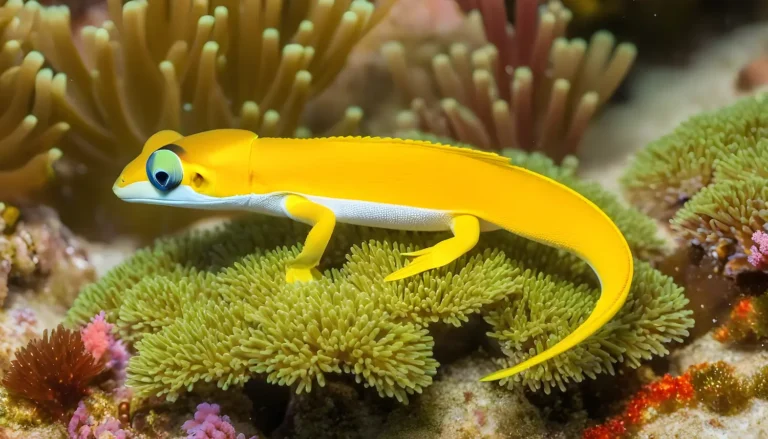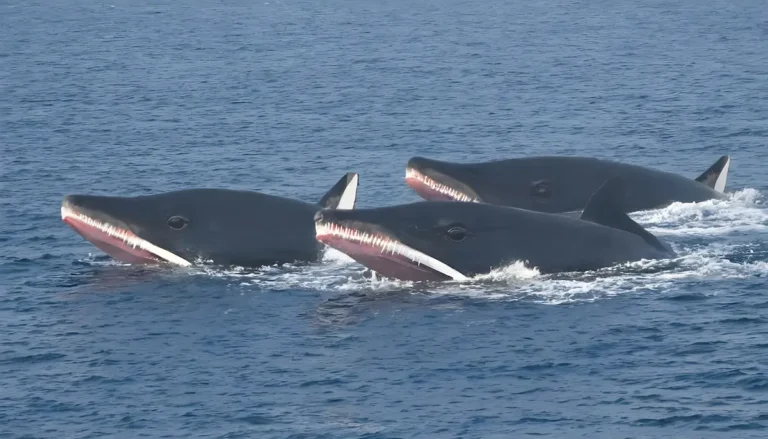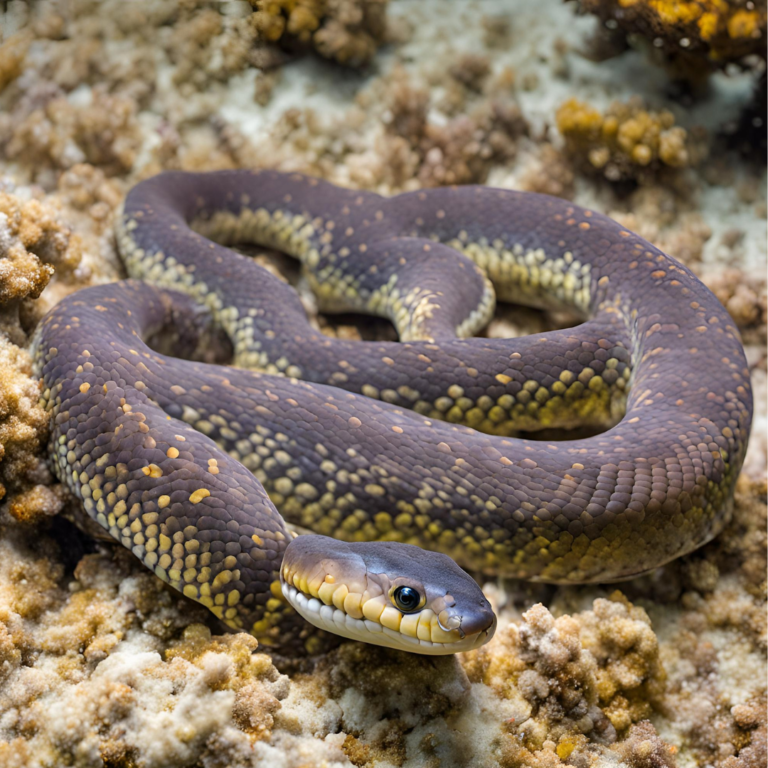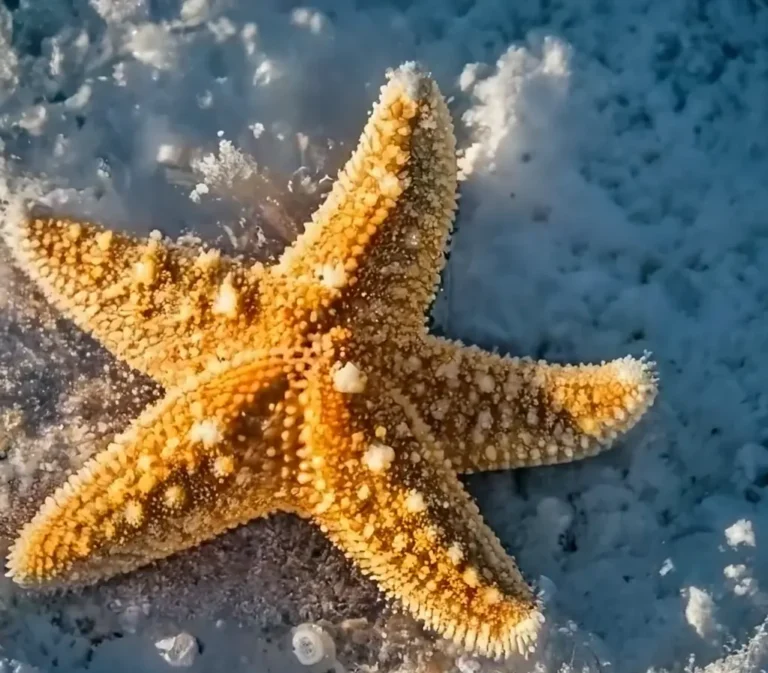Are There Whales in Panama City Beach?
If you find yourself in Panama City Beach, you might be hoping to catch sight of some whales. However, seeing whales there isn’t guaranteed; it’s relatively rare to spot them along the coast. Sometimes, especially during the winter, you might be lucky enough to see a Humpback whale near the shore. Additionally, various whale species either live in or frequently visit the offshore waters of the Gulf of Mexico.
In this blog, I’ll explore a specific whale species that can be observed in Panama City Beach. Moreover, I’ll delve into the reasons behind the limited presence of whales in this region. Keep reading to learn more about this fascinating topic.
Which Whales Can Be Seen in Panama City Beach?
While whales might not be a common sight off Panama City Beach, several species still grace these waters. Among them, the humpback whale stands out as the most frequently observed, particularly during the winter months when they showcase acrobatic displays and sing their haunting songs.
Aside from humpback whales, the offshore waters of the Gulf of Mexico are also home to other magnificent species such as the Sperm Whale, Bryde’s Whale, North Atlantic Right Whale, Fin Whale, and Sei Whale. These majestic creatures contribute significantly to the rich marine biodiversity of the region. Let me delve into more details about these fascinating whales.
Sperm whales, recognized as the largest-toothed whales, are famous for their remarkable deep diving abilities in pursuit of food. With their distinctive square-shaped heads, they were historically hunted for their valuable oil.
Comparatively smaller in size, Bryde’s whales prefer warm and shallow waters, feasting on small fish, krill, and plankton.
The North Atlantic Right whale, with a population of just around 300 individuals, is critically endangered. Their elusive nature makes sightings rare, further heightening their mystique and the urgency of conservation efforts.
Celebrated for their impressive speed and streamlined bodies, Fin whales rank as the second-largest whale species.
The Sei whale, the third-largest whale species, also roams the Gulf of Mexico. However, they are known to be more elusive compared to other species, presenting a challenge for those seeking to spot them in the wild.
Why Is Whale Sighting Rare in Panama City Beach?
Geographic Location
The geographical location of Panama City Beach plays a significant role in the frequency of whale sightings in the area. While numerous whale species call the Gulf of Mexico home, many of them prefer deeper, offshore waters for activities such as feeding, breeding, and migration. Due to its proximity to the coast, Panama City Beach isn’t typically situated along the common routes frequented by these whales. Consequently, sightings of whales in Panama City Beach are relatively rare compared to regions located further offshore or along well-known migration paths.
Water Temperature
Absolutely, water temperature is indeed another crucial factor impacting whale sightings in Panama City Beach. Whales, like the North Atlantic Right Whale, often favor colder waters due to factors such as their food sources and reproductive behaviors. The Gulf of Mexico waters near Panama City Beach generally maintain warmer temperatures, which may not provide the necessary food supply for larger whale species. Consequently, the area might be less attractive to these whales, leading to fewer sightings along the coast of Panama City Beach.
Human Activity
Indeed, human activity is a major contributor to the scarcity of whale sightings in Panama City Beach. The rise in maritime traffic, fishing operations, and noise pollution from boats can disrupt whale behavior and discourage them from coming close to coastal regions. Furthermore, habitat alterations due to coastal development and pollution can affect whale populations by changing migration routes and diminishing feeding areas. These environmental shifts, combined with human disturbances, greatly reduce the chances of spotting whales near Panama City Beach.
Best Time to Visit Panama City Beach for a Whale Sight?
I appreciate your enthusiasm for planning a trip to Panama City Beach for humpback whale watching. However, as an AI, I don’t have the capability to make travel arrangements. Nevertheless, I can offer information about the best times and locations for whale watching.
Indeed, July to October is generally regarded as the prime period for whale watching in Panama City Beach, with September being particularly optimal. During this time, over 2,000 humpback whales migrate from the chilly waters of Antarctica to Panama for breeding and nursing activities. The warm waters of Panama provide an ideal environment for these activities and for enthusiasts to observe these magnificent creatures. The tranquil waters of Panama City Beach offer a serene backdrop for witnessing their spectacular tail flips and breaches, which never fail to awe visitors.
If you’re contemplating a whale watching trip, it’s crucial to plan ahead and book tours or excursions with reputable operators to ensure a memorable and responsible experience.
During the whale season, visitors to Panama City Beach may also encounter dolphins, sharks, and sea turtles. It’s important to note that weather and water conditions can significantly impact your experience. Therefore, it’s advisable to choose experienced operators who understand these factors and are knowledgeable about whale behavior. By doing so, you can ensure a safer and more rewarding whale watching adventure.
Tips for Having Safe Whale Sighting at Panama City Beach
Keep a Safe Distance
Absolutely, ensuring both your safety and the well-being of the whales is of utmost importance. Federal law mandates maintaining a distance of at least 100 yards from humpback whales, and for certain species, such as others, the distance should be extended to 500 yards. This guideline applies to boats, swimming, and snorkeling activities. Approaching too closely can cause stress to the whales and may disrupt their natural behavior patterns. Therefore, maintaining a respectful distance is essential for fostering a harmonious and responsible whale watching experience.
Respect Their Space
Absolutely, it’s crucial to refrain from touching, feeding, or swimming with whales because they are unpredictable wild animals. Feeding them can disrupt their natural diet and harm their health, while swimming with them can be stressful and risky for both the whales and humans involved. Respecting their space and maintaining a safe distance is essential to ensure their well-being and safety, as well as that of the individuals observing them.
Never Chase Whales
Chasing or cornering whales should be avoided at all costs, as it causes stress to the animals and may lead to dangerous behavior. Instead, it’s important to move parallel to their path without blocking it or separating mothers from calves. This approach respects the natural behavior of the whales and minimizes disturbance to their habitat, ensuring a safer and more harmonious interaction for both humans and whales alike.
Follow the Guidelines and Instructions
Be Patient
During whale watching, patience is key as it may take time to spot these magnificent creatures. Avoid making loud noises or sudden movements, as this can startle the whales and disrupt their natural behavior. The goal is to observe them calmly and without disturbance, allowing for a more enriching and respectful experience for both the observers and the whales themselves. By maintaining a quiet and tranquil environment, you increase the chances of enjoying a memorable encounter while ensuring the well-being of the whales.
Report Harassment
If you witness any harassment or illegal activities, such as getting too close to, feeding, or touching the whales, it’s crucial to report it to the authorities or your tour operator immediately. Your prompt report can help protect the whales and their habitat by ensuring that appropriate action is taken to address the situation. By reporting such incidents, you play a vital role in safeguarding these majestic creatures and promoting responsible and sustainable whale watching practices. Your actions contribute to the conservation efforts aimed at preserving the well-being of whales and their natural environment for future generations to enjoy.
FAQs
Is there any whale attack on Panama City Beach?
Indeed, there have been no recorded incidents of whale attacks in Panama City Beach. Whales are typically peaceful creatures and rarely exhibit aggressive behavior towards humans. It’s important to maintain a safe distance and respect their space during whale watching activities to ensure a harmonious coexistence between humans and these majestic marine mammals.
Are there blue whales in Panama City Beach?
Indeed, sightings of blue whales in Panama City Beach are exceedingly rare. Blue whales typically prefer colder waters and are not commonly found in the Gulf of Mexico. Therefore, encountering a blue whale in this region would be an exceptionally rare and remarkable event.
What ocean is Panama City Beach on?
Panama City Beach is situated on the Gulf of Mexico, an expansive ocean basin bordered by North America, Central America, and South America. This body of water connects to the Atlantic Ocean via the Florida Straits and to the Caribbean Sea through the Yucatán Channel. The Gulf of Mexico serves as a vital maritime route and is renowned for its diverse marine life, beautiful coastlines, and rich ecosystems.
Conclusion
In conclusion, Panama City Beach offers a unique and captivating setting for whale watching enthusiasts, albeit with relatively rare sightings compared to other regions. While humpback whales are the most commonly observed species during the migration season, other whale species can occasionally be spotted in the offshore waters of the Gulf of Mexico. However, factors such as the geographical location, water temperature, human activity, and environmental changes contribute to the scarcity of whale sightings in this area. It’s essential for visitors to follow responsible whale watching practices, including maintaining a safe distance from the whales, refraining from making loud noises or sudden movements, and reporting any harassment or illegal activities to the authorities or tour operators. By doing so, we can ensure the protection and preservation of these magnificent marine mammals and their habitats for generations to come.






